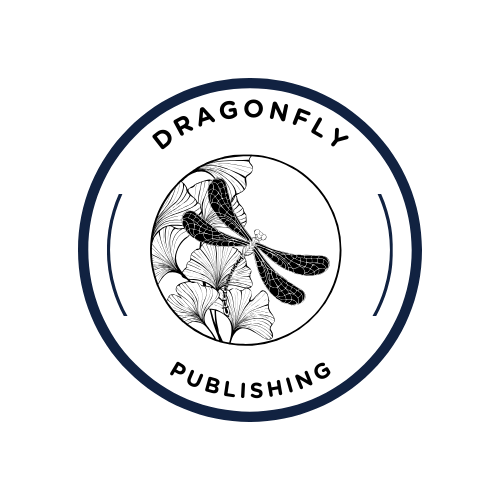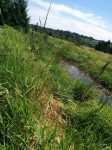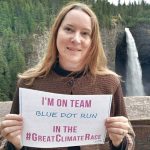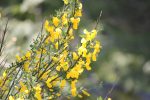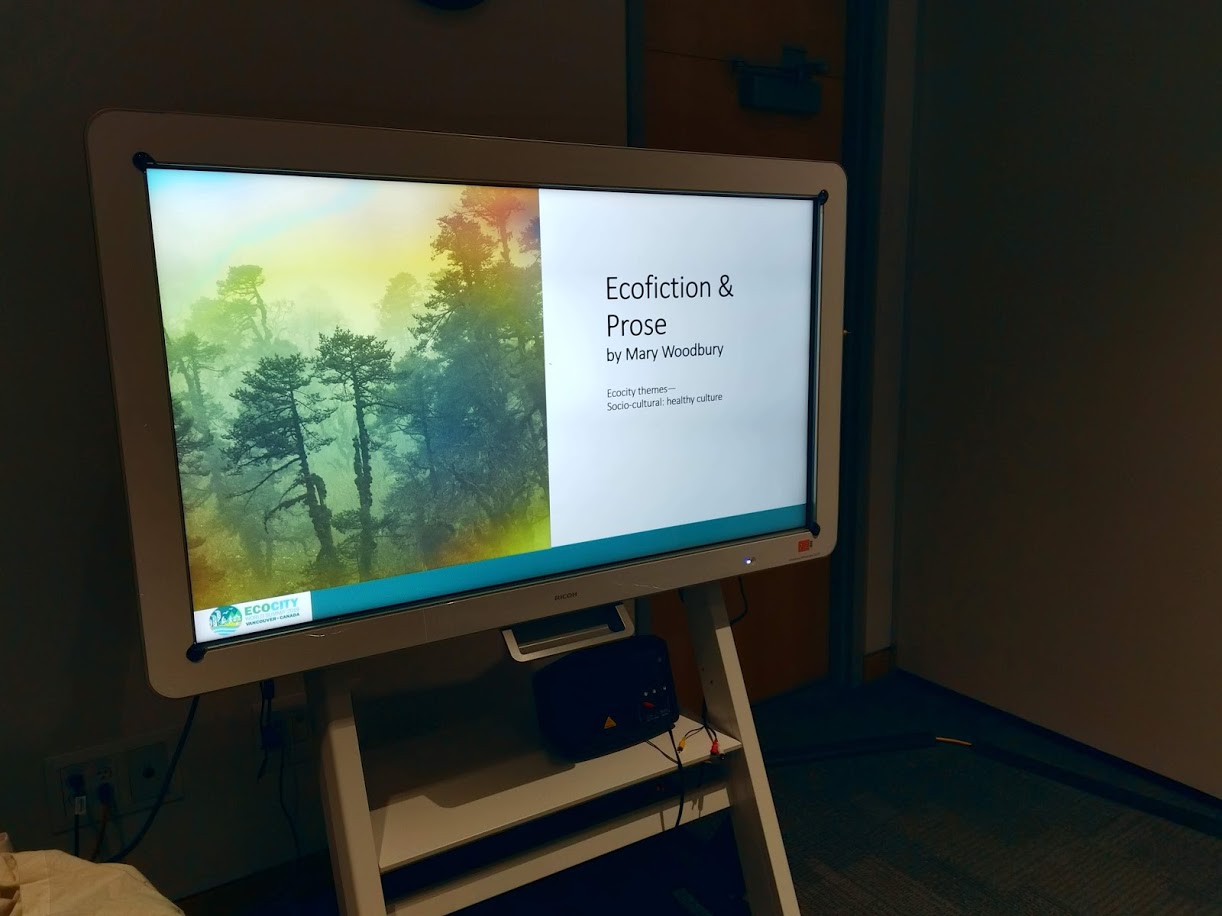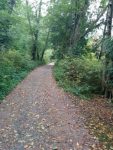It occurred to me that with climate change already happening around us–it is physically observable–that our seasons may begin to feel a little different, on average. For now, we are in the dry hot season that often happens in late August and early September–only we are still breaking records. I look around locally and notice that this is not a someday thing. What’s observable now locally?
- Our sockeye salmon populations in the Fraser River are lower than they have been in 120 years. This is linked to warming waters. [Source: Vancouver Sun, August 19, “Fraser River sockeye run at lowest level in more than 120 years, Pacific Salmon Commission reports” (by Brian Mortin)]
- A huge algae bloom, linked to climate change and ocean acidification, on our coast, is visible from space. [Source: CTV News, August 23, “Bright green algae bloom off B.C. coast visible from space” (by Nafeesa Karim)]
- John Innes, dean of UBC’s forestry department, stated that climate change will make our summers dryer and warmer, resulting in more campfire bans. We are already seeing this in the current higher-than-normal temperatures. [Source: Vancouver Sun, August 18, “B.C. Campfire Bans Are Back, and They’ve Been Getting Longer in Recent Years” (by Tara Carmen)]
- “Droughts, fires like the one in Fort McMurray in May, floods, food security and infectious diseases are all linked to climate change. Mental health problems and respiratory ailments from air pollution as well as rising rates of infectious diseases like West Nile virus and Lyme disease are also some of the consequences of climate change.” [Source: Vancouver Sun, August 23, “Doctors at Vancouver conference called to action over health effects of climate change” (by Pamela Fayerman)]
- Like last year, when leaves turned early, according to Vanbuzz, this year we also see that the lack of rainfall stresses trees and the lack of nutrients causes their leaves to turn early. I posted a photo in the “Fall” entry recently of falling leaves. I noticed today as I was driving down Riverview, the forest next to the road was full of falling leaves that have already turned yellow and brown and were scattering along the road and sidewalk.
There are more issues too, like perma-ice melt and lack of snow in the winters. For several winters this has affected our local ski and snowboarding areas. Snow melt is also the predominant source for renewing river and lake waters.
As for runners, I came across a good set of links from Runner’s World for “Hot Weather Running.”
This all being said, we did have a few cooler days but are climbing back up again as of today, at least for a couple days, before going back down to “normal” summer temperatures. I do not like running in the heat too much. I do run, however, and I hike on my days off from running–partly to stay acclimated to the heat. But tomorrow morning I will try again to get up early before work for my mid-week run (yesterday’s morning run was quite sweaty). And I wonder just how late in the year I might be doing this, or how summers will someday end–or will they transition into spring rather than fall or winter.
Live Science has an article, “Climate Change Throws Nature’s Timing Out of Whack.” The article discusses how the average traditional seasons play out for flora and fauna but also points out:
This isn’t just a problem for the natural world. Shifts in seasonal events can have direct implications for humans, “because we, as human societies, are adapted to certain seasonal conditions,” said Shannon McNeeley, a postdoctoral researcher at the National Center for Atmospheric Research (NCAR) who has studied how a mismatch is playing out in Alaska.
I wrote a short story called “The Midnight Moon” (available for a free read at Green Reads – Excerpts), which was partly a play on the Twilight Zone episode “The Midnight Sun,” and partly inspired by the speculation of how climate change and seasonal changes may affect every day people, from how they plan to harvest a berry for Thanksgiving to how they deal with change overall. In the end, continuity–or clinging to living as always–was key to continuing to engage in life while adapting to climate change.
I always embrace the concept of what is happening and choose to try to see it openly rather than deny it exists. Maybe it’s because had I not chosen the path of literature and cultural studies, my other choices were biology or ecology (and briefly quantum physics!)–so those interests are clearly still prominent and tied closely to my studies in humanities. Still, I follow what scientists and researchers tell us and adopt this knowledge for the backdrop of creative fiction dealing with issues of environmental degradation. There are a lot of names for fields that cross borders: energy humanities, ecofiction/ecocriticism, and so forth. Still, when my mind tires of thinking, learning, and writing, nothing pulls me more than walking or running in the forest, playing and immersing myself in lakes and rivers, twirling around in the heaviest of snowfalls, and simply enjoying the natural–the physical world–to the utmost.
Feature image: Deer Lake trails, one of my weekly running places
